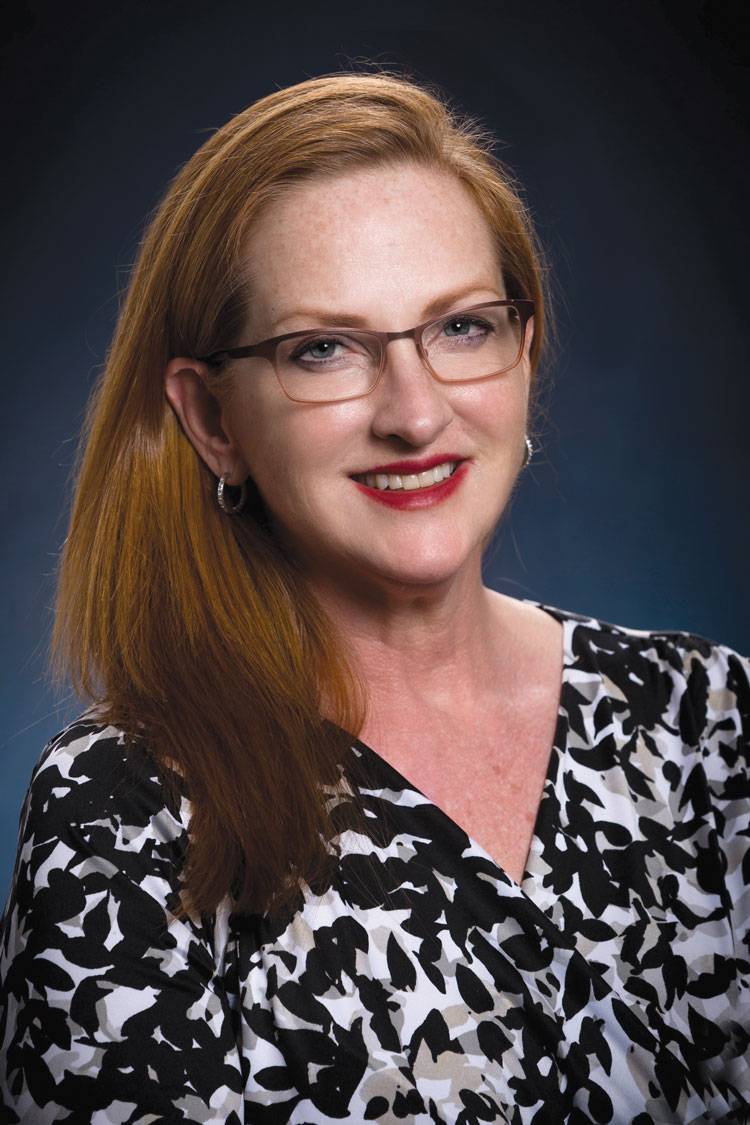Working toward well-being: Tools help lawyers and legal employers deal with substance-abuse disorders

Photo of Casey Ryan courtesy of Reed Smith.
In the short term, Brafford hopes the toolkit motivates legal employers. She also expects the toolkit to evolve and improve as she and other ABA officials learn more about what works, what doesn’t and what legal employers need to continue to grow in this area.
“In the long term, our hope is that the toolkit, along with many other well-being initiatives percolating in the legal profession, will contribute to a growing awareness that ‘lawyer well-being’ is not an oxymoron, as so many joke,” Brafford says. “There are things we all can and should do to raise lawyers’ well-being and protect the reputation of the profession as a magnet for the best and brightest who want to solve the world’s problems.
“Everyone in the legal profession contributes to its culture, which can either support or harm our collective health and happiness. This makes lawyer well-being a collective responsibility; a team sport to which we all contribute. The toolkit is one more ripple in what we hope to become a growing tidal wave of positive change in the legal profession.”
ELIMInaTING STIGMA
CoLAP is working on some projects to eliminate the stigma surrounding mental health and substance use disorders, says Bree Buchanan of Austin, Texas. Buchanan is the chair of CoLAP and co-chair of the National Task Force on Lawyer Well-Being.

Photo of Bree Buchanan courtesy of Bree Buchanan.
For example, CoLAP is raising about $25,000 from donations to create a high-quality video with legal professionals sharing their personal experiences on these issues. The goal is to promote awareness, especially to people just starting to struggle. The video is expected to be completed this winter.
Research shows that the best way to break down a stigma is to have contact with someone who has had a substance-use issue and is now in recovery, says Buchanan, who also has been in recovery for nine years.
In addition, CoLAP aims to follow up the 2016 lawyer survey with another survey focusing on judges and stress, resilience and impairment issues. It could be published in 2019, Buchanan says.
Once the judicial survey is completed, CoLAP will reach out to other ABA entities to develop programs, CLE sessions and other educational events. It will also promote well-being throughout the legal profession.
“We’re drawing attention that needs to be drawn for the well-being of everyone in the legal profession: law students, lawyers and now judges,” Buchanan says.
CoLAP recently worked with their counterparts in every state during Law School Mental Health Day in October, offering speakers, materials, a webinar and other programs at law schools.
“Before, it was like watching The Paper Chase. If you couldn’t take it, you had to get out of the profession,” Buchanan says. “We’re getting to an era when it won’t be like that anymore. But we’re not quite there yet.”
Krill agrees.
“It’s incredibly heartening and gratifying to see the profession come a long way since I was admitted about 16 years ago. Just look at the last three years, especially,” he says. “We’ve really been making progress. But we have a long way to go. The conversation is really accelerating, and a culture change is happening for the health of the profession and for the sustainability of the profession. That’s an incredibly positive development, and it’s gaining momentum.”
Read more: What every lawyer needs to know about attorney suicide



